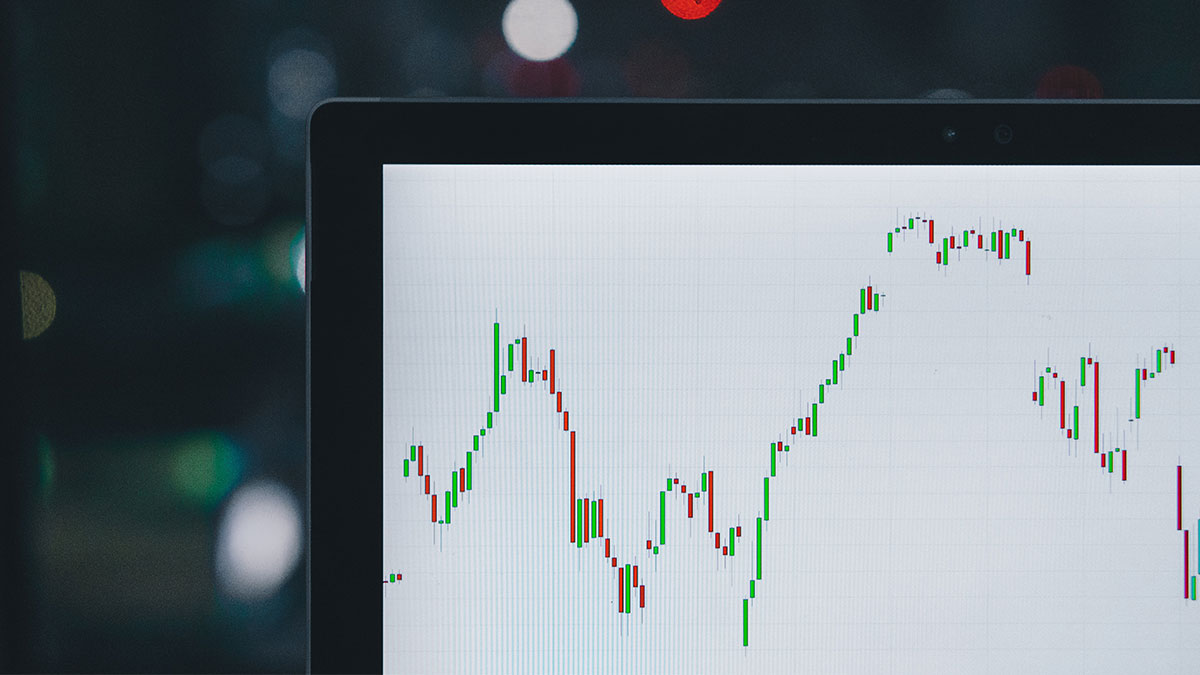Australia hit some interesting economic times in 2016. We had shifting commodity prices, property madness and a year of global democracy (including Australia’s own election). We’re going to continue our look back on the year that was 2016 with this economic year in review.
Commodities
After a rough year in 2015, commodities recovered somewhat by the end of 2016, after some initial volatility from China. Resources such as coal, which is considered non-environmentally friendly and a “dirty” fuel have seen a surge in demand in Japan, South Korea, Taiwan and the Philippines. Donald Trump’s renunciation of climate change indicates that America will be unlikely to advocate and encourage the world to cut emissions, pushing up the demand and price of “dirty” fuels.
Despite slowdown from China, Iron ore demand is still in reasonable shape and saw a rally throughout the year, due to strong steel production and tax breaks for refiners from the Chinese government. The market for iron ore didn’t explode in 2016, nor is it likely to in 2017, but things are steady now that the market has adjusted its expectations for falling long-term demand and matched this with output.
Property
Sydney and Melbourne have seen explosive property price (both purchase and rental) growth in 2016. As the Australian economy moves away from being mining and commodities based into financial services, many more “white-collar” positions are being created in the CBDs of the metropolitan areas, pushing up prices heavily. Colliers found that Sydney’s premium net effective rents have increased a blistering 28.4 per cent, absolutely smashing the ten-year historical annual average growth rate of 4.7 per cent. While this is excellent news if you’re a landlord, this is not brilliant for renters or first-home buyers, who are facing rising costs. The annual Demographic survey places Sydney as the second most unaffordable place to live in the world, with house prices as approximately 12 times average annual income.
As Australia’s population increases, this is only set to continue into 2017. Generally, unless you need to live in the main areas, often staying away from the bigger cities will allow you to avoid the housing craziness.
Democracy
July 2016 saw a federal election in Australia, with the Liberal-National Coalition (the Coalition) defeating Labour in a close lead that almost constituted a hung parliament. Malcom Turnbull remained the Prime Minister of Australia, as the general market sentiment had predicted in advance. However, experts hadn’t predicted that the Coalition would win by such a small margin – indicating less confidence in Turnbull. The issue is that this indicates that Australia may be politically unstable, introducing uncertainty around legislation and governance affecting local businesses. Markets tend to hate uncertainty, hence the market responded to this news with a drop in local shares.
Brexit also had a big impact on Australian shares, which fell almost 5% on the day of the vote. This is because Australia’s main European trading partner is the UK – and any event that potentially causes economic disturbance for Britain has a knock-on effect for Australia. Shares have since recovered in price, as initial jitters fade before Britain leaves the EU.
Overall, Australia came out of 2016 relatively unscathed – though it had its difficulties. What’s in store for 2017? Who knows – but we’ll be able to tell you – this time next year! If you’d like to exchange currency to or from AUD, check out OrbitRemit’s rates using the calculator on the top right hand side of the screen.

